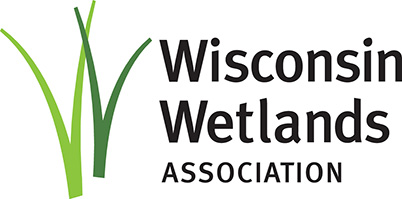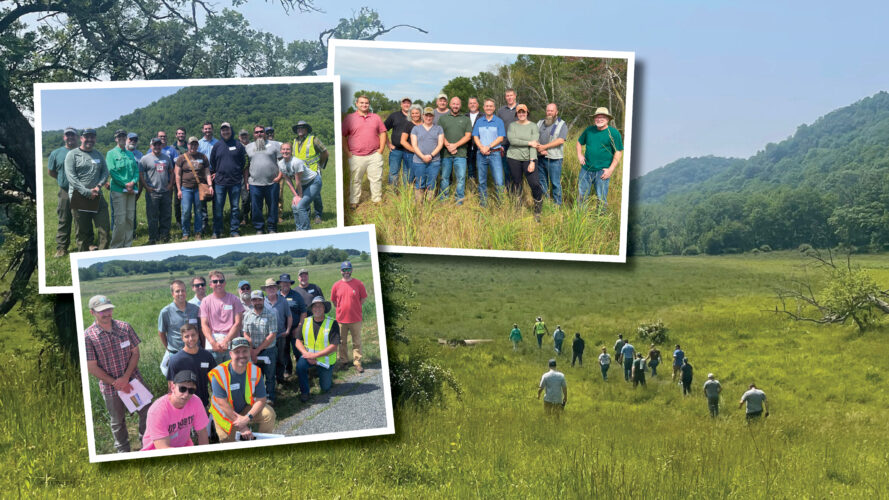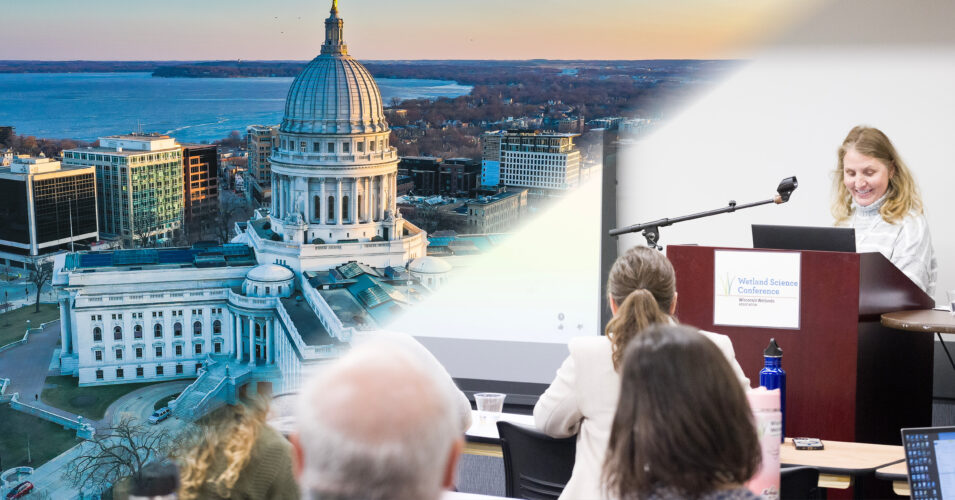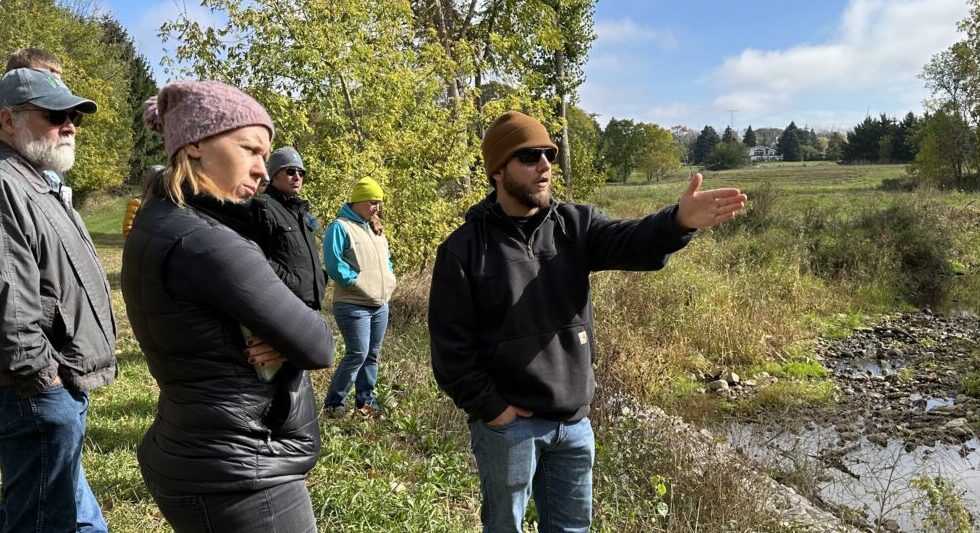As a statewide organization with a big vision, Wisconsin Wetlands Association (WWA) leaders and staff spend a lot of time thinking about how to invest our resources to achieve the greatest positive impact on Wisconsin’s landscape.
Given that we don’t own or manage land or plan and implement restoration projects directly, much of our work emphasizes building the capacity of those who do or could engage in wetland conservation work. Increasingly, this includes building partnerships with state agencies.
Broadly speaking, state agencies exist to administer state policies and programs in ways that create public benefits and prevent public harm.
This dovetails nicely with our approach to promote wetlands as solutions. If we can help state agencies integrate wetland strategies to address issues of statewide concern, we will increase public investments in the protection and restoration of Wisconsin’s wetland landscape.
Want to reduce flood risks and damages? Wetlands can help. Want to conserve soil and improve water quality? Wetlands can help. Want to protect cold water fisheries from a changing climate? Wetlands can help.
These messages resonate, but many of the agencies working on these issues don’t yet have the authority, capacity, or experience needed to expand their efforts to include wetland solutions. Our work with state agencies aims to build that.
Though state agency collaborations are a relatively new emphasis of our policy program work, this rapidly expanding and highly fruitful portion of our docket now includes collaborations to advance shared priorities with the Wisconsin Department of Natural Resources, Wisconsin Department of Agriculture, Trade, and Consumer Protection (DATCP), Wisconsin Emergency Management, and the Wisconsin Coastal Management Program. We’re also actively working to establish new collaborations with program managers at the Wisconsin Department of Transportation.
This work is improving integration of wetland approaches within and between state agencies, and between state agencies, local governments, and other conservation professionals. This ‘raise all boats’ approach is helping to build a more robust and effective wetland community and workforce.
Related content



